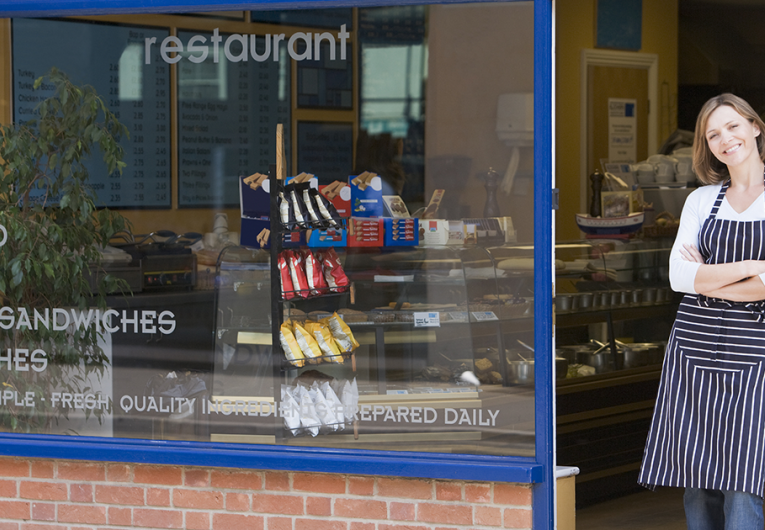
How to Create a Webinar to Build Your Prospect List
Prospecting for new customers is a critical part of growing your business, especially when you’re just starting out. For some, that involves putting an ad in the local business directory. For others, it’s sending an email asking people to sign up for your newsletter. But another great way to feed your prospecting pipeline is to offer webinars. Learn why and get some tips on how to create a webinar for your small business.
Why Webinars?
Think about the last time you heard a good speaker. You were likely left with a sense that this person is an expert on the subject. You developed a sense of trust and would look to that individual for advice. That’s the power that small business owners can harness by offering webinars. Webinars establish you as an authority and when it comes time to purchase, increases the likelihood that prospects will consider you.
In addition to establishing trust, webinars also help you grow your prospecting list. When people sign up for one, they typically supply their contact information. That’s data you can feed into your other marketing efforts.
Need more convincing? One webinar hosting service reported a 7% increase in online events for 2016. And they got results. The conversion rate from registration to attendance was 45%. Clearly, webinars can deliver interested prospects to your online doorstep.
Creating a Webinar
Think you might want to give webinars a try? Start by focusing on these areas.
- Establish your objective – Before jumping in, decide what you want your prospect to do after attending your event. Do you want them to learn more about a product/service? Get to know your brand? Solve a problem they may have? Sign up for your mailing list? Buy your product? Answers to these questions will help determine your approach and how you’ll measure success.
- Choose the right topic – Think about what’s in it for the prospect when choosing a topic. What problem can you help them solve? Look to your social media channels to see what people in your target market are talking about. Then present a solution to one of their pain points. This customer-focused approach will help you avoid sounding like a commercial.
- Develop an interactive presentation – It’s difficult to hold the attention of an audience when all you do is lecture. So look for ways to involve them in the presentation. One way to do that is stop and pose a question or take a poll. For example, a webinar on organizing your tax records might ask, “How long do you keep old returns?” Questions like that help break up your presentation. They also give you feedback to see if you’re resonating with your audience.
- Select your hosting platform – Webinars can be structured using a number of tools, including presentation slides, videos, documents, and internet pages. But you’ll need a hosting service like GoToMeeting, ClickMeeting, or Google Hangouts to connect the audience with your presentation. Most offer a range of options including automated invitation emails, interactive features to communicate with your audience during the webinar, recordings of the session for later use, and metrics. The cost will vary based on the number of people attending. Take a look at this review of the hosting options available.
- Craft your sign-up page – Pay attention to the information you ask for in your sign-up. Some sign-ups gather more than just contact information. They might ask information like size of household, educational level, or income bracket. This helps you qualify which prospects are likely to be most interested in your offering. Be selective about what you ask as it may affect response rates. Consider making these fields optional.
- Promote the event – Email can be used to invite people to your event. Plan to send a confirmation to people who sign up and reminders to non-responders. Social media platforms like Facebook also allow you to post upcoming events. When people respond, it shows up on their feed where their contacts see it too. That can attract new prospects to your event. Search-engine ads can also help spread the word to new audiences.
- Follow-up after the event – Webinars help to grow your prospecting list even after the event is over. Feed prospecting information gathered from attendees into your database. Then you can offer other marketing programs. For example, invite them to sign up for your newsletter or ask them to “Like” your Facebook page. Offer the recorded session as part of your ongoing lead generation efforts. Or repurpose the webinar by turning it into a blog post or white paper.
The trends, insights, and solutions you need to grow your business.
By signing up, you’re subscribing to our monthly email newsletter, The
Wire. You may unsubscribe at any time.
Your information stays safe with us. Learn more about our privacy
policy.











![[#MSP_NAME#] Logo](/themes/sparklight_business/images/transition-logos/migration-banner-logo-[#MSP_CD#].png)
